The traditional culture of Korea is shared by South Korea and North Korea, but there are regional differences. The political differences between the north and the south of the peninsula also mean that there is a different focus on specific aspects of Korean culture.
The traditional music in Korea is based on the voice. It is thought that the voice is a distinctively Korean voice, reflecting the temperament and history of Korean people. There are two kinds of traditional music: Jeongak and Minsogak.
Traditional dances have been part of Korea's culture ever since it can be remembered. The cross cultural exchanges with China and between the three Kingdoms produced a large variety of distinctive dances. There is a distinction made between native dances (hyangak jeongjae) and imported dances (dangak jeongjae) which refers to dances imported from China.
As with music, there is a distinction between court dances and folk dances. Common court dances are jeongjaemu performed at banquets, and ilmu. Ilmu are line dances performed at Confucian rituals. Jeongjaemu is divided into native dances (hyangak jeongjae) and imported forms (dangak jeongjae). Ilmu are divided into civil dance (munmu) and military dance (mumu).
Folk dances are commonly divided into religious dances which are led by monks and secular dances which are performed by the ordinary people. Religious dances include all the performances at shamanistic rites (gut). Secular dances include both group dances and individual performances.
Traditional choreography of court dances is reflected in many contemporary productions.
Sites of residence are traditionally selected using geomancy. It is believed that any topographical configuration generates invisible forces of good or ill (gi). The negative and positive energies (yin and yang) must be brought into balance.
A house should be built against a hill and face south to receive as much sunlight as possible. This orientation is still preferred in modern Korea. Geomancy also influences the shape of the building, the direction they face and the material they are built of.
Tea in Korea dates back over 2000 years. It was part of a number of worship recipes, hoping that the good scents would reach the heavenly gods. Tea was introduced in Korea, when Buddhism was introduced from China, and later gave rise to the Korean Tea Ceremony.
Originally tea was used for ceremonial purposes or as part of traditional herbal medicine. Green tea, as it is used in China and Japan, is not the only kind of tea drunk in Korea. A great number of teas made of fruits, leaves, seeds or roots are enjoyed. Five tastes of tea are distinguished in Korea: sweet, sour, acidic, bitter and salty.
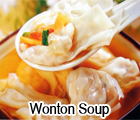

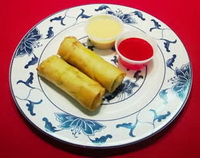
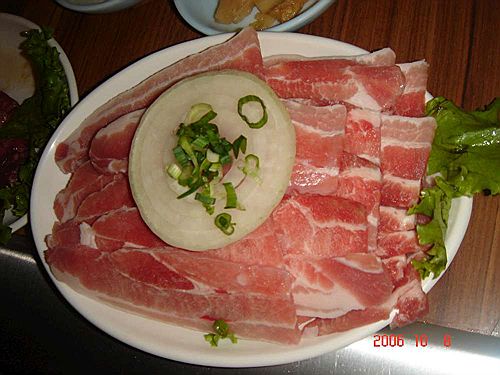

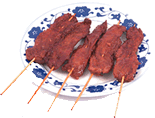
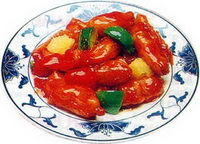

 PREVIOUS
PREVIOUS